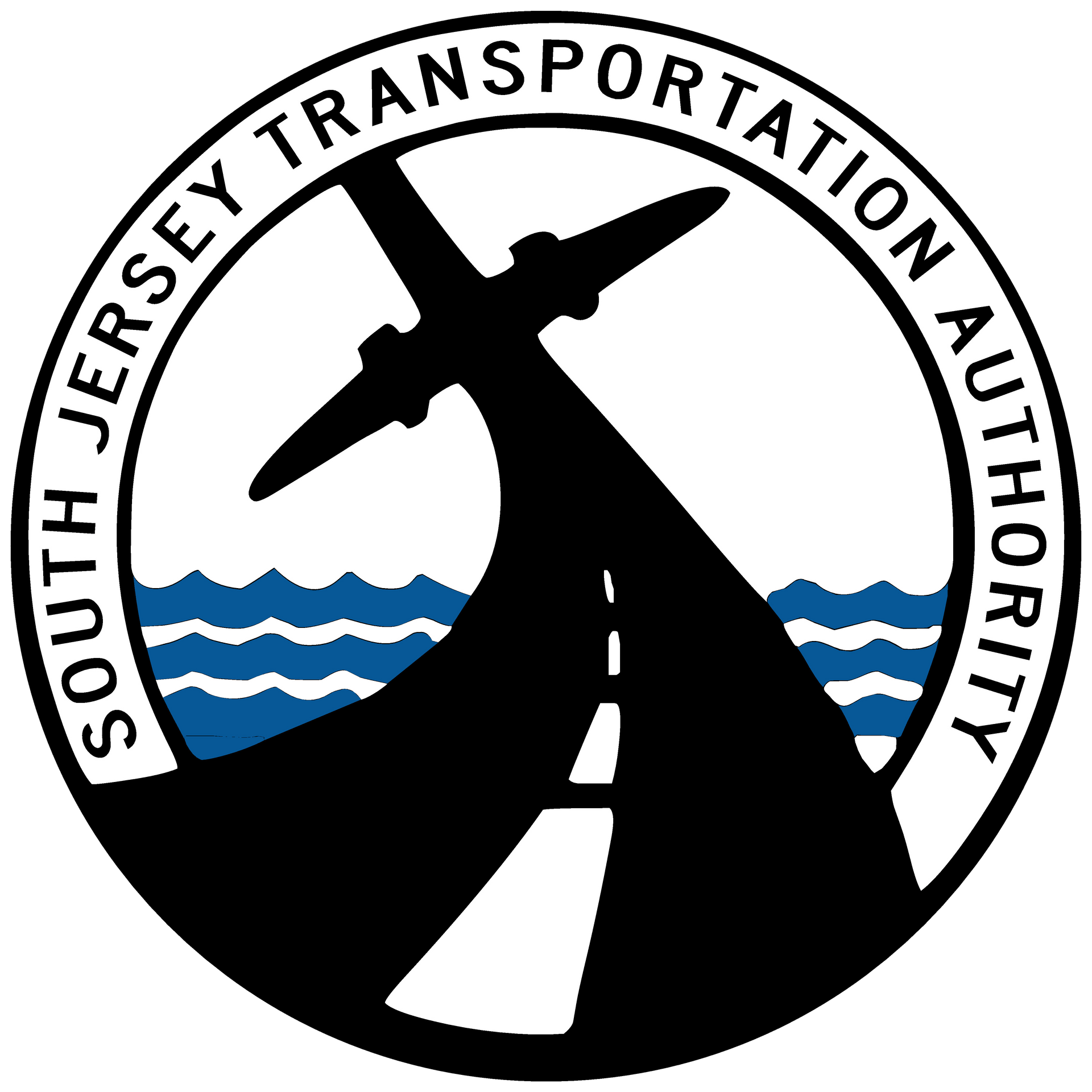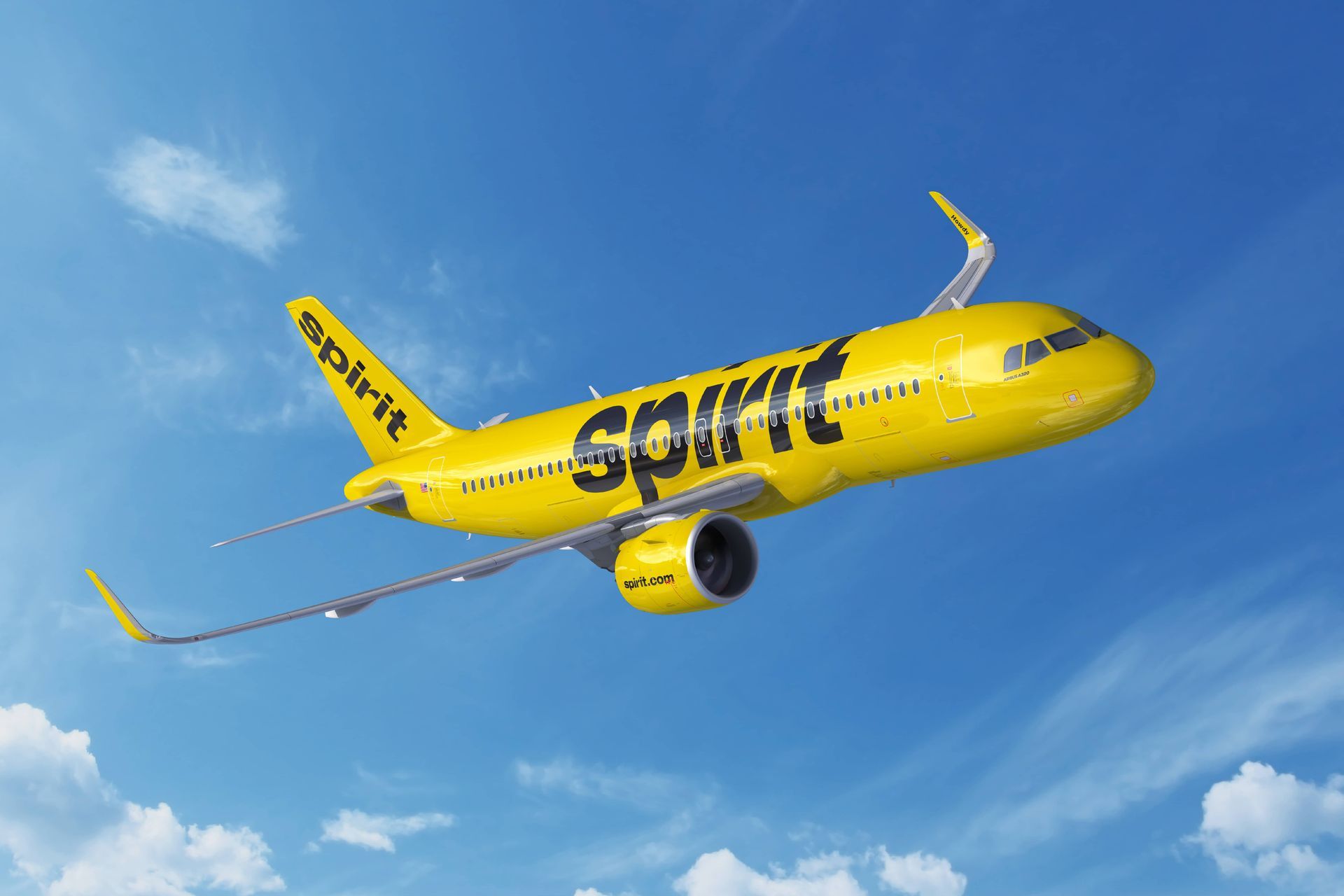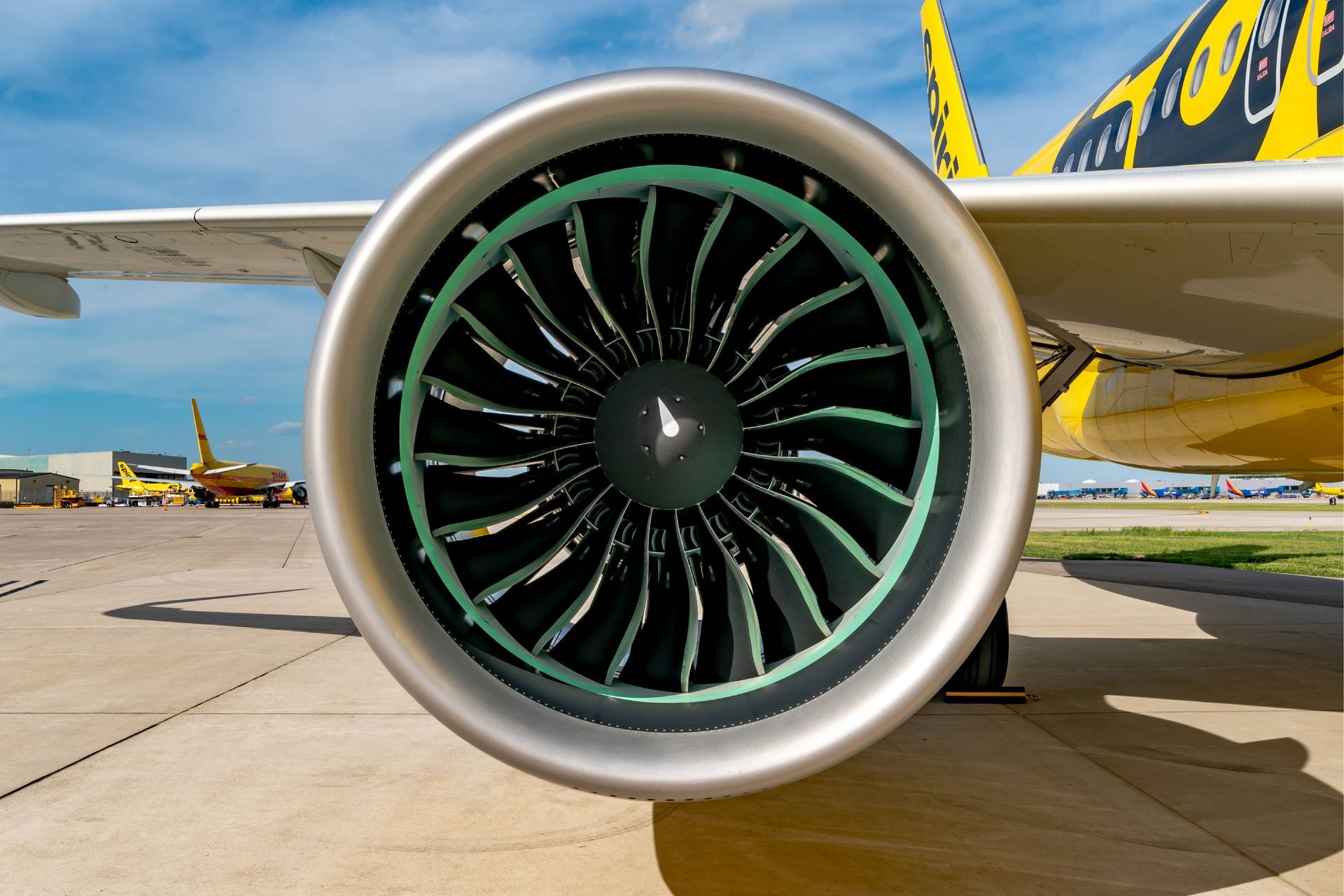
Getting You There.
Scroll for Content
Welcome to
the Atlantic City
International Airport
#FlyingMadeSimple
The Atlantic City International Airport (ACY) is located in Egg Harbor Township and serves residents of central and southern New Jersey, Pennsylvania, and Delaware. The airport offers worldwide connectivity and is currently served by Spirit and American Airlines.
-
Airlines
Airlines -
Terminal Layout
Photo By: John Doe
Terminal Layout -
Parking
Parking -
Car Rentals
Car Rental -
Customer Service & Special Needs
Customer Service, Special Needs & FAQs -
Shops & Dining
Shops, Dining & Amenities -
Driving Directions
Driving Directions -
Taxi Service & Shuttles
Taxi Service & Shuttles -
Security & Identification
Security & Identification -
General Aviation Services
General Aviation Services -
Aircraft Noise Program
Aircraft Noise Program -
Emergency Contingency Plan
Emergency Contingency Plan
iFLYACY is a free passenger loyalty program designed to reward you every time you fly ACY! As a member of iFLYACY, you will be eligible to receive:
- Discounts on qualifying purchases*.
- Membership perks, such as designated parking on a first come, first served basis, and promotional items.
- The latest news and alerts regarding ACY services.
iFLYACY is a free passenger loyalty program designed to reward you every time you fly ACY! As a member of iFLYACY, you will be eligible to receive:
- Discounts on qualifying purchases*.
- Membership perks, such as designated parking on a first come, first served basis, and promotional items.
- The latest news and alerts regarding ACY services.
Book Travel
For any questions or information regarding ticketing, check-in, or status of your flight, please contact the airline directly.
Flight Status
On mobile devices rotate phone for easier viewing
Car Rentals
Mailing Address:
Atlantic City International Airport
101 Atlantic City Intl Airport
Suite 106
Egg Harbor Twp, NJ 08234
Airport Information:
(609) 645-7895
Airport Administration:
(609) 641-3833
Tour ACY:
All Rights Reserved | South Jersey Transportation Authority


























